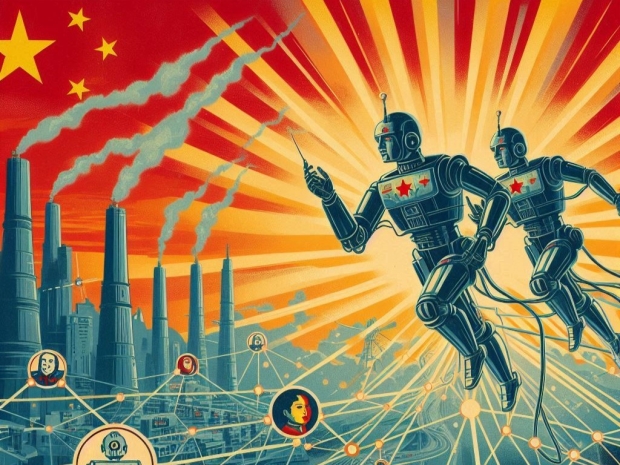Chief Analyst at Moor Insights & Strategy Patrick Moorhead tweated that China was the first country to manage this achievement and that he discovered it during a conversation about a presumably unrelated NDA meeting.
This technique of training GAIs across different locations/architectures is essential for China to keep its AI dreams moving forward, especially as American sanctions have stopped it from acquiring the latest, most powerful chips to drive its research and development.
Since Nvidia does not want to lose the Chinese market, it created the less powerful H20 AI chips that fall within Washington’s restrictive performance parameters. However, there are rumours that even these down-tuned chips might be banned soon, highlighting Chinese tech companies' uncertainty in the current political climate.
Because of this uncertainty, Chinese researchers have been working on melding GPUs from different brands into one training cluster. The institutions could combine their limited stocks of sanctioned high-end, high-performance chips, like the Nvidia A100, with less powerful but readily available GPUs, like Huawei’s Ascend 910B or the Nvidia as mentioned above H20.
This technique could help them combat the high-end GPU shortage in China, although it has historically resulted in large efficiency drops.




